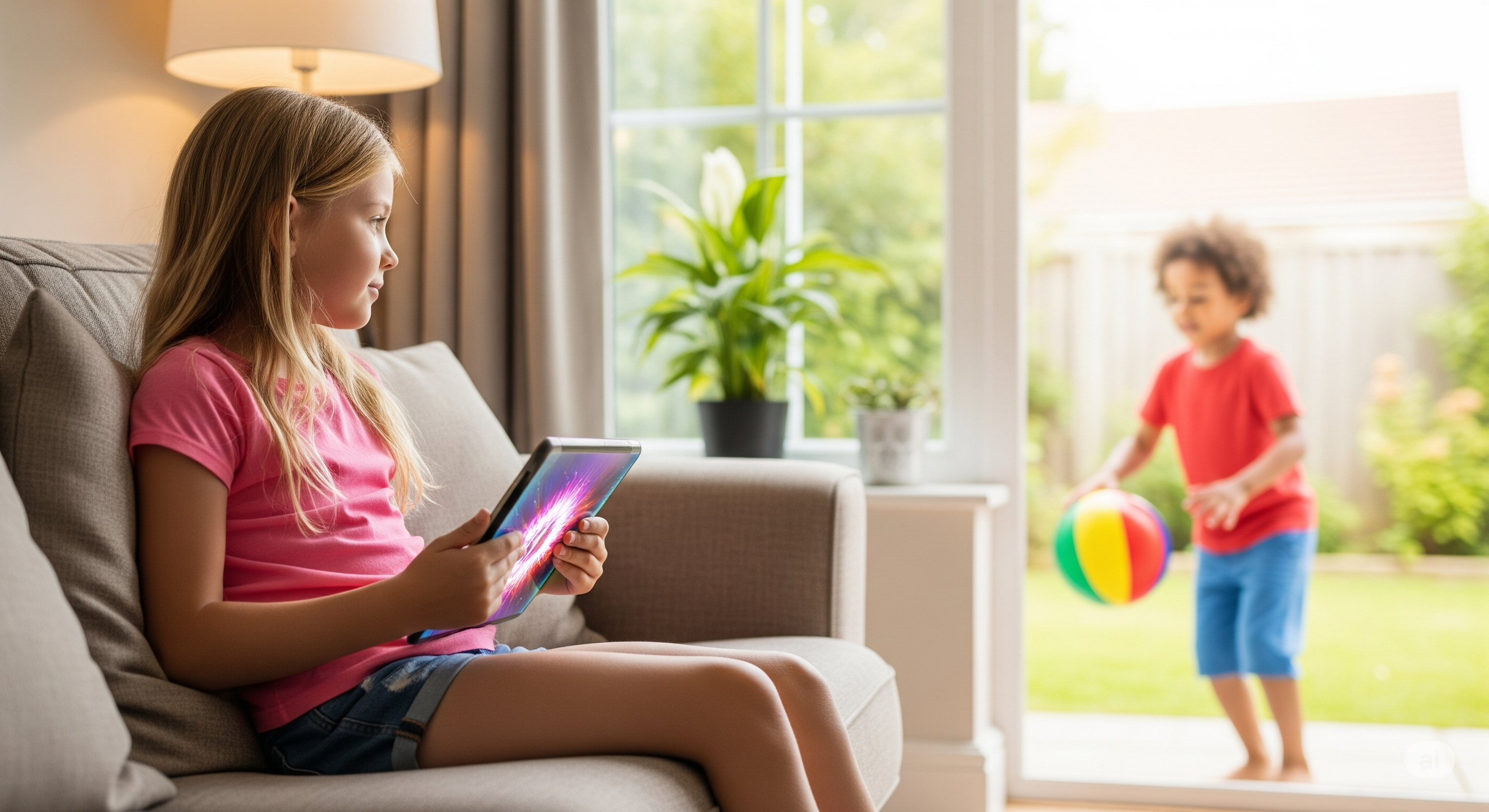The Screen Time Dilemma: A Practical Guide for Indian Parents

Balancing the Glow: How to Manage Screen Time for a Healthy, Active Child
The glow of a screen—tablet, smartphone, or television—is a familiar sight in most homes today. These devices are powerful tools for learning and connection, but they also present one of the biggest challenges for modern parenting: managing screen time.
You are not alone if you worry about its impact. The line between "educational content" and "digital pacifier" is often blurry. As parents, how do we navigate this digital world and ensure we are raising healthy, well-rounded, and active kids?
The Reality of Screen Time: What Experts Say
Major health organisations like the WHO recommend no more than one hour of quality screen time per day for children aged 2-5. For older children, the key is balance and ensuring that screen time does not displace essential activities like sleep, homework, and most importantly, physical play.
Excessive screen time is linked to several concerns:
-
Sedentary Lifestyle: Leads to poor physical health and weight management issues.
-
Sleep Disruption: The blue light from screens can interfere with melatonin production.
-
Behavioural Issues: Tantrums and frustration when screen time ends are common.
-
Reduced Social Skills: Less face-to-face interaction can hinder social development.
5 Practical Strategies for a Healthy Screen Time Balance
Finding a screen time balance isn’t about total prohibition; it's about integration and setting firm, loving boundaries.
-
Create "Screen-Free" Zones & Times: Designate areas like the dining table and bedrooms as screen-free. Implement a "no screens" rule during meals and at least one hour before bedtime.
-
Be the "Co-Pilot," Not Just the "Gatekeeper": Watch content with your child when possible. Ask questions. Engage with what they are seeing. This turns passive viewing into an interactive experience.
-
Find Genuinely Engaging Alternatives: This is the biggest hurdle for many. The key is to have exciting "invitations to play" ready. A vibrant, accessible football or a fun, soft rugby ball in the living room can be a powerful visual cue that there's fun to be had away from the screen.
-
Don't Use Screens as a Reward or a Pacifier: Using a screen to calm a tantrum can create an unhealthy emotional dependence. Instead, teach them to manage their emotions through breathing, conversation, or physical activity.
-
Lead by Example: Our children mirror our habits. If we are constantly on our phones, they will learn that it's the norm. Model a healthy digital life by putting your own devices away during family time.
From Passive Viewing to Active Playing
The ultimate antidote to excessive screen time is joyful, engaging, and purposeful play. When children discover the thrill of kicking a ball, the fun of a chase, or the satisfaction of building something with their hands, the allure of the screen naturally fades.
At Jogo, we believe in creating tools that make active play the most exciting option. We are dedicated to helping parents win the screen time battle, not through force, but by offering a more compelling alternative.
Stay tuned for a new way to play. #DigitalWellbeing #ActiveKids #ParentingLife #JogoComingSoon



















